| Columns Retired Columns & Blogs |
Sadly, Monsieur Lemire passed away on September 23rd at age 55.
https://simaudio.com/en/moon-is-grieving/
The last sentence of the review looks incomplete.
The two amps were shipped on separate pallets, in not very sturdy mediumweight cardboard boxes strapped down and covered in layers of plastic film. I placed the 860A v2s on the same Grand Prix Audio Monza amp stands and Wilson Audio Pedestals I use for the reference D'Agostino Progression M550 monoblocks. Cables were my usual Nordost Odin 2s.
Because Costa stressed the balanced nature of the 860A v2's design and the importance of a balanced connection, I never tried the RCA inputs. "With balanced, you'll hear the more organic midrange that's associated with a true balanced circuit, lower noise, greater dynamics, and a little more gain," he said. "We include a high-quality differential circuit for bridging in RCA, but it's mainly there for compatibility reasons." So, in a bridged 860A v2, don't use the RCA inputs for actual listening.
While the 860A v2's feet are adjustable leveling cones, Costa gave me the okay to use aftermarket footers. Ditto for power conditioning. "I have experience with the AudioQuest Niagara 7000, and there shouldn't be a problem with current limiting," he said (footnote 5).
Finally, I was advised to keep the amps on 24/7. "Once an amplifier is fully run in, for every week it stays off, it takes about a day of break-in to get it back to optimal performance levels," Costa said. "At idle, they consume approximately 50W each."
Enjoying
"Organic" is a descriptor Stereophile founder J. Gordon Holt missed when he wrote his invaluable 1993 reference "Sounds Like? An Audio Glossary." That word played on repeat in my brain as I began listening to the 860A v2s. Here's the part of Merriam-Webster's definition that describes my experience to a T: "Organic: having systematic coordination of parts: organized; forming an integral element of a whole: fundamental; having the characteristics of an organism: developing in the manner of a living plant or animal."
No matter what genre or piece of music the 860A v2s amplified, it sounded right, perfectly stitched together, all of a piece. Nothing stood out, nothing drew my attention away from the whole; I just wanted music to keep flowing, singing, rocking, shouting, sighing, as the composers, musicians, and engineers intended. I felt neither desire nor need to take notes. To reference Ram Dass's seminal book of the 1960s, I just wanted to Be Here Now.
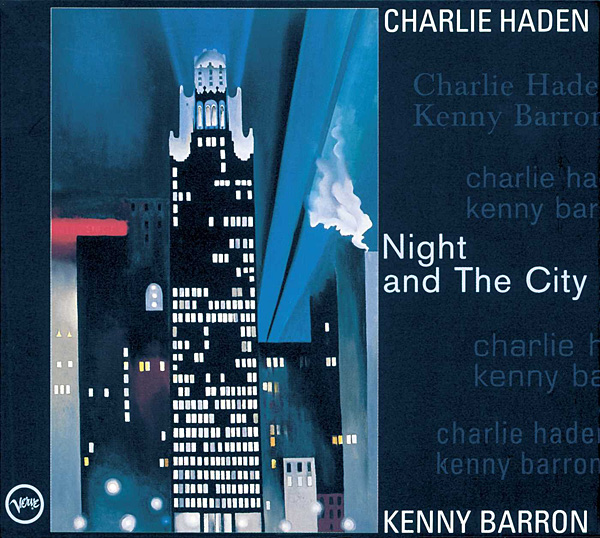
Eventually, I had to force myself to scribble something down. Charlie Haden and Kenny Barron's live recording of "Twilight Song," from Night and the City (16/44.1 FLAC, Verve/Qobuz), seduced me totally. Bass may have been firm and well-pitched, highs perfectly articulated, but it was the intimacy and mellow beauty of the performance—the exquisite focus of two musicians listening carefully to each other—that inspired reverie. Above the "Jazz at the Pawnshop" experience of tinkling glasses and whispering patrons rose a piano whose high notes sparkled naturally and a bass with a warm, clear, perfectly pitched core. There's an intermittent beep in the right channel of this recording that goes on for a minute or so, but, while I found it distracting, it never stopped me from loving every note.
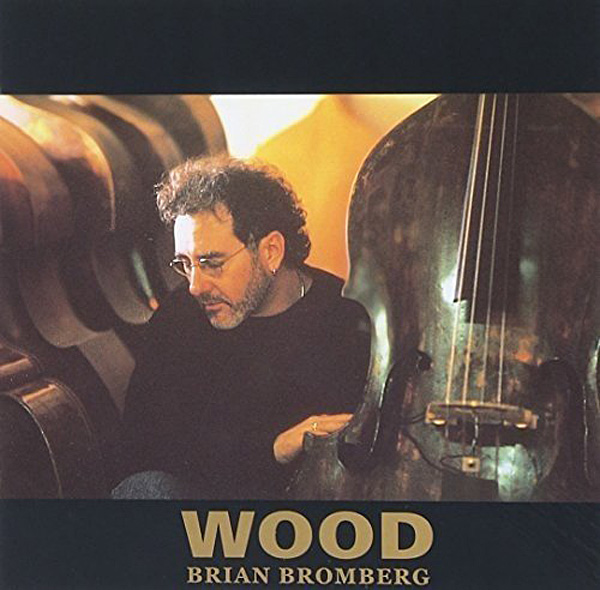
My friend Steve Zettel often references "The Saga of Harrison Crabfeathers" from Brian Bromberg's Wood (24/96 FLAC, Artistry Music/Qobuz). When I put it on, the clarity and warmth of instruments, the perfect sense of pitch and integration, the flow and impact of the music left me feeling that I was hearing all that I want or need to hear.
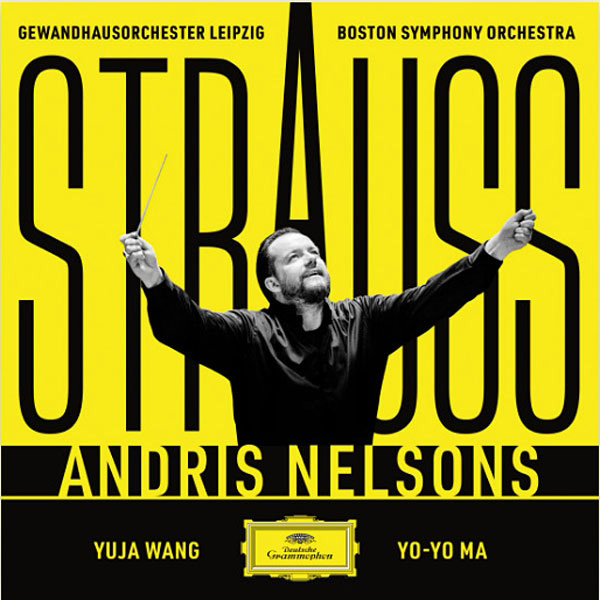
I upped the ante with that 2001: A Space Odyssey classic, the start of Richard Strauss's Also Sprach Zarathustra, as performed by Andris Nelsons and the Gewandhausorchester Leipzig (26/96 WAV, DG). Beyond the strength and firmness of the deep bass (which I quickly came to expect from the 860A v2s), the impact of horns blasting away in a huge space captured my attention and carried me along.
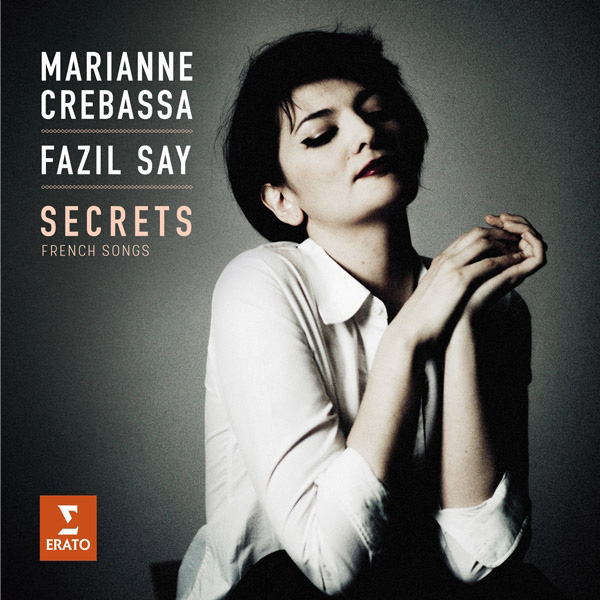
"The heartfelt warmth of her voice makes me want to cry," I wrote as the marvelous mezzo-soprano Marianne Crebassa sang Fauré's lovely "Cygne sur l'eau" (Swan on the water), accompanied by Fazil Say, on her recital album Secrets (24/96 MQA, Warner Classics/Tidal). Next, Crebassa's performance of a track oft referenced by me, "La Flute de Pan" from Debussy's Trois Chansons de Bilitis, confirmed how well these amps depict space, depth, and atmosphere.
At that point, I could not resist turning to Kathleen Battle and Lorin Maazel's irreplaceable performance of the final movement of the Mahler Symphony No.4 (16/44.1 MQA, CBS Masterworks/Tidal). As the soprano described a child's view of paradise, I felt that the Moon monos had opened heaven's gates wide.
When I switched to the D'Agostino Progression M550s (footnote 6), the difference in sound was so marked, I realized that only by proceeding to closely match output levels would I be able to characterize the differences with any accuracy. So, I matched levels.
On the Haden/Barron and Bromberg tracks, the Progressions' bass sounded louder, but the background was not as silent or pristine. The Progressions sounded a bit warmer than the Moons and just as beautiful. On the Strauss, the orchestra sounded louder, as though it had been beefed up a bit; violins, in turn, sounded edgier. Kathleen Battle's voice glowed more with the Moons. But some overtones fared less well.
When I told friend Scott about these differences, he wanted to hear them for himself. We added two tracks to the playlist: Bill Evans's "Waltz for Debby (Take 2)," from the OJC remastering of the album by that name (16/44.1, Riverside/Qobuz), and the first movement ("Pastorale – Lento, dolce rubato") of Debussy's Sonata for Flute, Viola and Harp, from the Erato recording, Debussy: Sonates et Trio (Warner Classics, 24/96 MQA, Tidal).
When Scott heard Bill Evans with the Moon 860A v2 monoblocks, he was in heaven. As during my solo listening sessions, every note and its timbre seemed spot on—just as Evans and his engineer intended. The background was silent, and the beauty transportive.
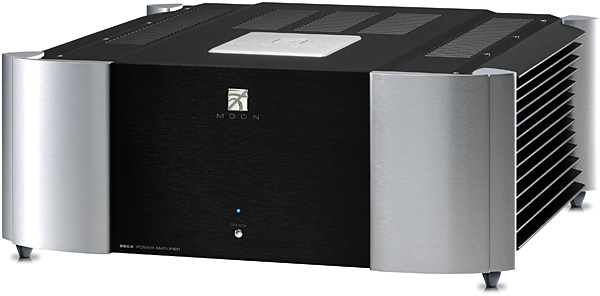
When we switched amps, we agreed that the piano sounded fuller and more sonorous with the Progressions, drums more impactful, and the midrange fuller. But neither of us was convinced by the extra sparkle the Progressions brought to the piano's top octaves. On the tracks with Crebassa and Say, the Progressions brought more richness to piano and voice but with additional penetrating edge. The Strauss confirmed the Progressions' extra bass weight and authority in their moving depiction of orchestral swell in the sunrise movement. But there wasn't as much silence between notes. I may have initially been tempted to say, "You win some, you lose some," but the Moon 860A v2s deliver so much inherent rightness and beauty that any descriptor that's less than positive fails to do them justice.
And...
If I could keep listening to the Moon 860A v2s in monoblock configuration—instead of packing them up to be measured and returned to Simaudio—I'd plop down $40,000, rejoice at the tax-free dividends from my Bezos-worthy retirement fund, and spend weeks listening to all the new music I never have time to audition. But the ability to separate fantasy from reality is an essential analytical trait, so back go the 860A v2s.
The 860A v2s do not sound like amplifiers hard at work. Ease, flow, and beauty are their bottom line. They can rock, groove, and serenade with the best. Their sound feels complete and of one piece; it's a sound that honors composers, artists, and engineers to the fullest.
As with everything in life, there's always more to be had, always more to want. But when amplifiers already deliver all you need . . .
Footnote 6: My sincere thanks to David James Bellecci, Scott Campbell, and visiting industry members Peter Hansen and Nuno Vitorino of Innuos, who assisted me with moving monoblocks around. Hey, even our dog walker and neighbors have been called upon occasionally for assistance.

Sadly, Monsieur Lemire passed away on September 23rd at age 55.
https://simaudio.com/en/moon-is-grieving/
The last sentence of the review looks incomplete.

I am so sorry for your loss. It is ours as well. Thank you for bringing this to our attention. FYI, Louis Lemire left us over a year ago, in 2021.
From Warsaw, where I'm covering the audio show, I've requested a fix to the last sentence. It was intended to trail off. The last paragraph should read:
As with everything in life, there's always more to be had, always more to want. But when amplifiers already deliver all you need...

" "We made the 888 to show the world what we can do," Costa explained as he sat in my music room. "
No simaudio didn't. They created the 888 amp with the intention to target the high end market in China. Hence the choice of name. 8 is a lucky number over there.